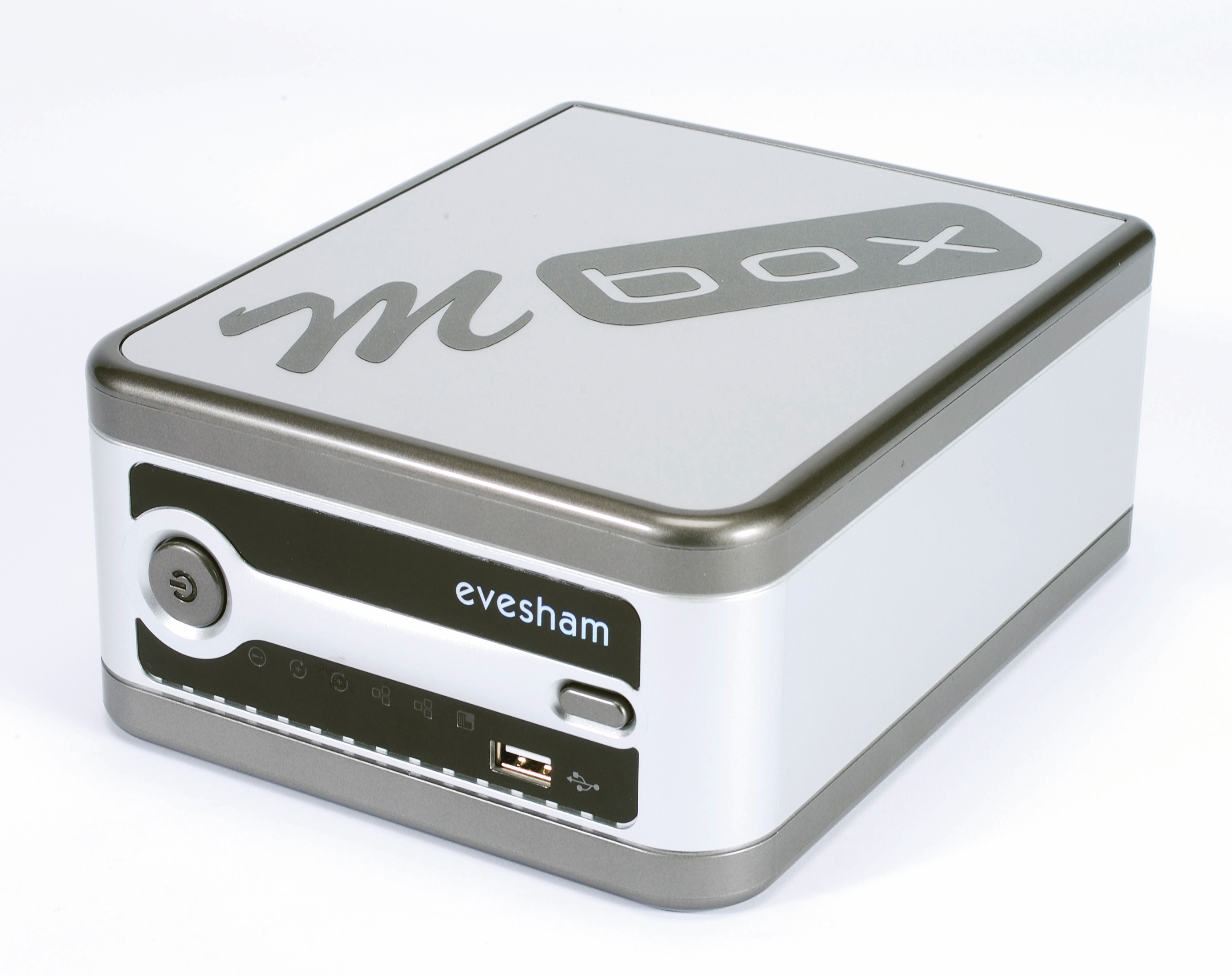TechRadar Verdict
Good system, shame about the price
Pros
- +
mBridge an excellent streaming tool
- +
Works straight from the box
Cons
- -
Costly system
Why you can trust TechRadar
A house with access to the MP3 collection in every room used to be the preserve of the hardcore audiophile, but now we all expect a home with omnipresent tunes.
The cheap way to achieve this state of affairs is to build a network out of those old PCs that accumulate over time and put a chunky box in each room. The stylish way is with a system like the Mbox.
The Mbox package is a system for storing, backing up and streaming your music. It consists of two hard drives conf gured as a RAID mirrored pair, so the paranoid can feel safe in the knowledge that there's always a second hard drive holding the music collection should something go wrong.
It has a wireless network adapter and two Ethernet ports, so you connect it to your PC using whichever method and transfer your music over.
Music stream
The mBox uses an embedded cut-down Linux distro with an iTunes music server on top. All you need to do is transfer your music to the Mbox once and you're done.
The other element in the mBox package is an mBridge, which is a re-branded Roku M1000 SoundBridge. This plugs in to your stereo as an auxiliary device. The Mbridge comes preconfigured to look for the Mbox, so it works straight out of the box.
With the mBridge hooked up to your sound system, you can browse through all the tracks you have on the mBox using the supplied remote control. The green-on-black VFD (vacuum fluorescent display) screen of the mBridge makes it look a bit retro, but other than that this is an easy-to-use, stylish piece of kit.
The text is large and bright enough that you can read it from some distance, so you don't have to get up off the couch to change tracks. It will play MP3, AAC and WAV, but remember the songs you buy from the iTunes music store don't like streaming, so it won't play those.
The Mbox package is a good system, but it's costly. The box can stream to as many as five sound bridges at once (it'll work with bridges other than the Roku), but at £150 a pop that option isn't cheap. The bridge is so small that it's easy to carry it to whatever room you need, but for £600 we'd rather have a system that can get your music into more than one room without any fiddling.
It'd be better if the mBox itself could output audio, so that the box could cover one room, and the bridge could go in another. Then at least you'd have two rooms for your money.
Bridge too far
A factor that pushes up the price is the double hard drive setup, and we're not completely sure that it's worth the expense. Since you acquire your music via your PC, you're likely to have a copy of it on another drive anyway. Three copies is overkill for anyone.
Breaking down what it'd cost to buy the components of the Mbox package separately illustrates just how overpriced it is. You can pick up the Roku for £150, and the 160GB drives for £90 each. That's £330. So why does this cost nearly twice as much?
It's a free OS, and the case is nothing fancy. It wouldn't be a huge job to build something similar yourself at a much lower cost and have some spare cash for another bridge.
The Mbridge is a stylish product and it's great that a small, quiet box can stream your music, but this package is just too expensive. Tanya Combrinck
Tech.co.uk was the former name of TechRadar.com. Its staff were at the forefront of the digital publishing revolution, and spearheaded the move to bring consumer technology journalism to its natural home – online. Many of the current TechRadar staff started life a Tech.co.uk staff writer, covering everything from the emerging smartphone market to the evolving market of personal computers. Think of it as the building blocks of the TechRadar you love today.
